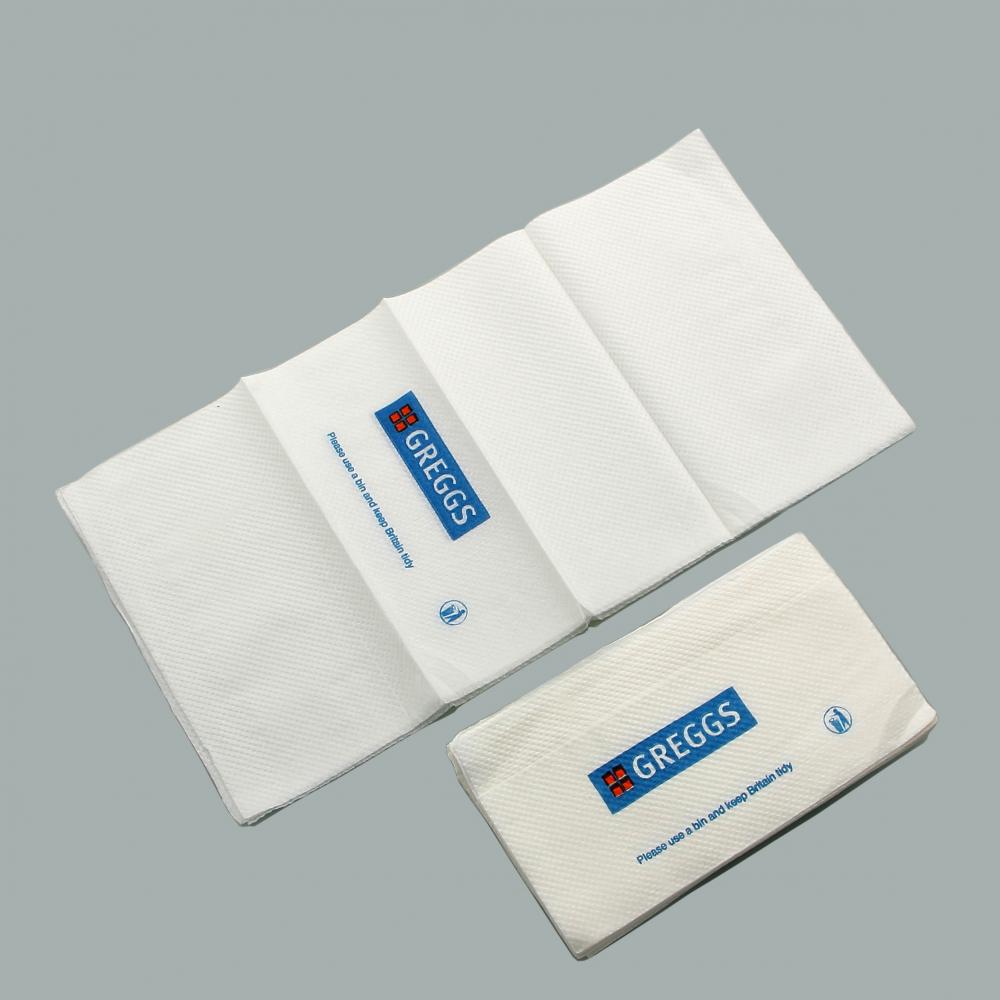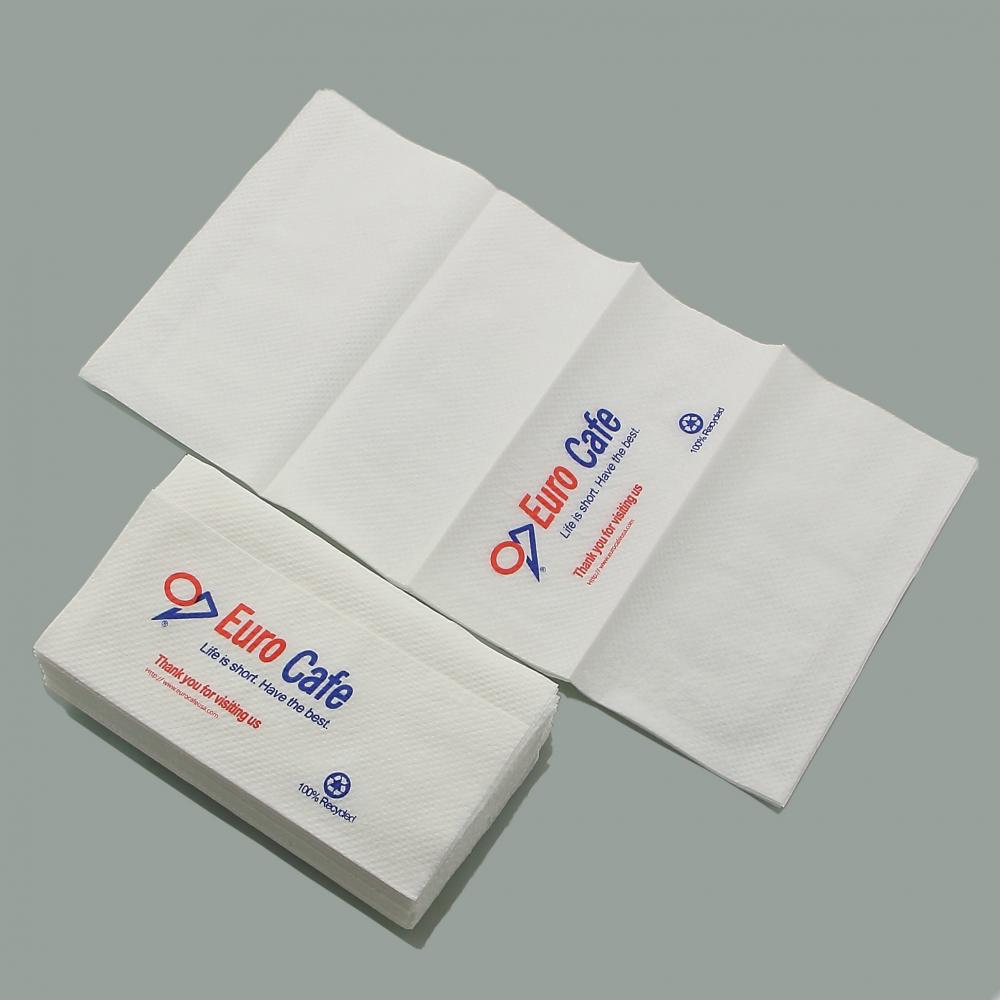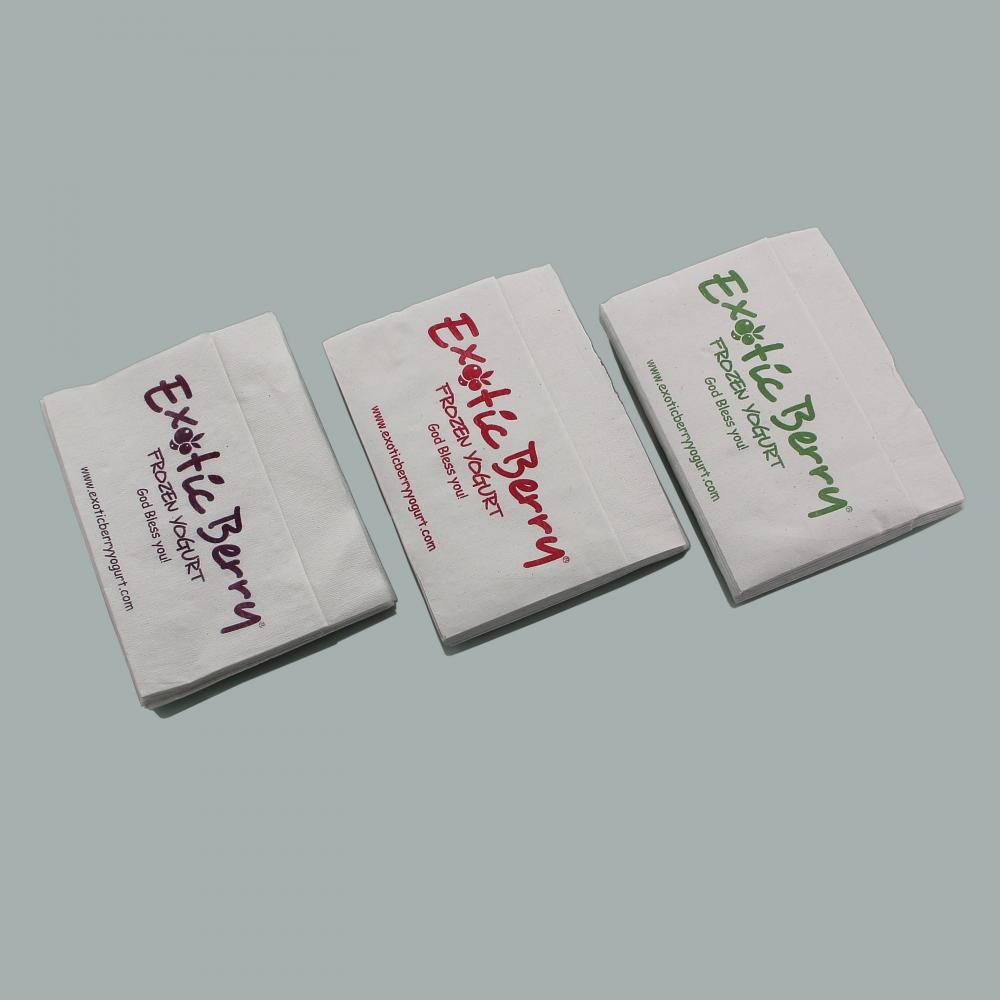The characteristics and use method of weak solvent ink, machine vision is to replace human eyes with cameras and human brains with computers. The working principle of machine vision for printing and packaging quality detection is also very simple. Use the camera to capture (collect) the image of the printed product and compare it with the standard image (template) of the printed product in the computer. Scope, that is determined to be unqualified products. Of course, the actual machine vision system is much more complicated.
The usual visual inspection system consists of the illumination light source, optical lens, camera, image signal processing and execution mechanism. A good lighting source and lighting system is one of the keys to the success or failure of the entire system, and it plays a very important role. It is not simply to illuminate objects. First of all, the illumination light source must be able to reproduce the color of the printed product without causing color distortion. This requires the light emission spectrum of the light source to be close to daylight. At the same time, it should ensure sufficient brightness and uniform brightness in the entire illumination area; second, the light source and The design of the lighting system should avoid some special areas with high reflectivity on the printed products, such as: hot stamping, laser anti-counterfeiting signs, etc., which will overflow the collected images, resulting in reduced detection accuracy or no detection at all; finally, in some applications, It is necessary to consider the cooperation of the light source and the lighting scheme as much as possible to highlight the characteristics of the object and increase the contrast. In short, when selecting a light source and designing a lighting system, the geometry, brightness, uniformity, and spectral characteristics of the light source should be determined according to the specific conditions of the printed matter. Of course, the luminous efficiency and use of the light source must also be considered life.
The optical lens is equivalent to the lens of the human eye. The quality of the optical lens will affect the ability of the visual system to distinguish objects, affect the contrast of the image and the range of clear imaging (depth of field). The quality of these characteristics is limited by the aberration of the lens itself. Whether the lens is correct for aberration determines the imaging quality of the lens. Common aberrations include spherical aberration, coma, astigmatism, field curvature, distortion, and chromatic aberration.
The lens passes the optical information of the photographed object, and the computer processes the electrical information of the photographed object. The role of the camera is to complete the conversion of optical information to electrical information. In cameras, the key device is a chip called a vision sensor. The cells (pixels) like small pools are neatly arranged on the chip, but they do not hold water, but charge. The light carrying the optical information of the photographed object reaches the surface of the chip through the lens, and the optical information becomes a charge signal (exposure), where there is more charge in the light intensity and less charge in the weak area, which corresponds to the brightness of different areas on the printed product; Different colors are decomposed into three primary colors of red, green and blue and stored in different pixels. The charges generated by the exposure are read out in sequence in the prescribed order (scanning mode), after amplification and other processing, and finally output from the camera. This is how the camera works.
High-quality image information is the original basis for the system to make correct judgments and decisions. From the application principle of the camera, we can simply summarize the performance requirements. First, there must be sufficient dynamic range, and the bright and dark parts of the printed product can be accurately reflected; second, there must be sufficient resolution (enough number of pixels), and the minute details on the printed product Can be clearly reflected; third, to be able to truly reproduce the color of the printed product; fourth, the speed of the camera's readout (line frequency or frame rate) should match the speed of the printed product to ensure sufficient accuracy and 100% collection. Of course, the camera has other performance indicators, which are not listed here.
The cameras used for printed matter detection are divided into two categories according to the actual situation, linear array cameras and area array cameras. Linear array cameras can only obtain one line of image information at a time. The object to be photographed must pass in front of the camera in a straight line to obtain a complete image. Therefore, it is very suitable for image detection of objects (prints) moving at a constant speed at a certain speed. The area array camera can obtain the information of the entire image at once, like the digital camera we use every day.
The processing of image signals is the core of the machine vision system, which is equivalent to the human brain. How to process and calculate images is the focus and difficulty of machine vision system development. "Compared with the template, find the difference", the working principle of machine vision is relatively simple, but it is actually very complicated to implement. The processing of the entire image signal usually includes:
(1) Pretreatment
(2) Feature extraction and recognition
(3) Measurement. When the high-speed moving print passes through the camera, compared with the template image, it often produces positional movement, rotation, and sometimes even flutter, which deforms and distorts the collected image; the instability of the light source and the influence of the external environment The brightness of the image is uneven, and the color changes; other external devices, power supplies, and acquisition devices themselves can also introduce some interference and noise. For this reason, in the process of installing the vision system, on the one hand, we must eliminate these unfavorable factors, on the other hand, we must eliminate and dilute their influence through image preprocessing.
In summary, machine vision is a combination of light, machine, electricity, and computer technology, which is very suitable for repeatable measurement, inspection, and identification in the mass production process.
1. Characteristics of weak solvent ink
Desktop printers are not designed to use weak solvent ink, and there are few supporting materials and accessories in weak solvent ink. Although the weak solvent ink has made many improvements to the solvent ink, such as how to protect the environment and filter more carefully, the weak solvent ink is always a solvent ink, and some characteristics of the solvent ink still exist.
1. Quick-drying ink. The quick-drying characteristics of the weak solvent ink make it more important to choose what kind of printer. The piezoelectric printer is not so picky about the ink. It is none other than it. It is also Epson ’s patent to automatically clean the print head automatically.
2. The main component of weak solvent ink is still organic solvent. The main component of the weak solvent ink is an organic solvent, which has more corrosion and chemical reaction than the commonly used water-based ink, so high-quality ink manufacturers must be used.
Second, how to better use weak solvent ink
1. Due to some characteristics of the weak solvent ink itself, it is necessary to be very careful in selecting the continuous supply. Some friends use weak solvent ink, the outer ink cartridge leaks, the elbow connected to the ink line is blocked, and finally the print head is disconnected. Therefore, it must be matched with corrosion-resistant continuous supply or ink cartridges, especially for desktop printers. If the device is not used for a long time, pay attention to the cleaning of the nozzle part, so as to prevent the residual ink from evaporating and solidifying, which will cause the nozzle clogging.
2. Weak solvent ink can be coated-free printing on some materials, or can be coated-free by means of printer heating, etc., but for some smooth surfaces, the ink is helpless and the ink will pile up together , Can not be clearly imaged.
Then you must use a special coating liquid to match the use of three major advantages of coating:
First, the drying speed is fast. The coating is prepared with special chemical materials and used with weak solvent ink. It will dry within one minute after printing, especially on the smoother materials such as glass.
Second, the printing quality is good. It is printed directly on some materials without coating, mainly on smooth and non-absorbent materials. The effect is poor, and the effect after coating is extraordinary.
3. Abrasion resistance and waterproofing Because of the adhesive component in the coating ingredients, the adsorption force of the ink and the material after printing is very close, far exceeding the multiple abrasion resistance of the uncoated state. The weak solvent ink has some advantages of various types of ink, and is a product with a wide range of applications. However, some manufacturers say this type of ink is supernatural, which is irresponsible. Good ink also needs to have the correct method. Use, details can not be careless, so that this type of ink can be used well, so that this type of ink creates the most value for you.
We are professional manufacturer, which is established in 2005 and
focus on export business to Europe, USA and Australia.
We specialized in producing various kinds of Paper napkins, like
dispenser napkin paper. We can produce at 32cm x 32cm, 33cm x 22cm etc.
We can print 1 or 2 color logo on the napkins. The water ink that
we used reach European Food contact grade..
We supply different kinds of materials for Dispenser napkin paper
products, like Virgin, Recycled and Bamboo Pulp (Tree free).
The napkin material is 00% biodegradable and compostable, Chlorine
free and reach food contact grade standard.



Dispenser Paper Napkin,Printed Dispenser Napkin,Personalized Dispenser Napkins,Custom Printed Dispenser Napkins
Bobo Tissue Product Manufacturer , https://www.bobotissues.com